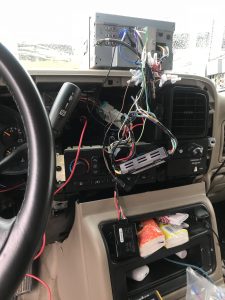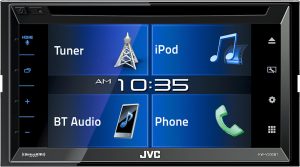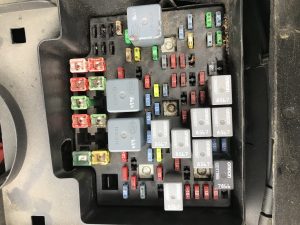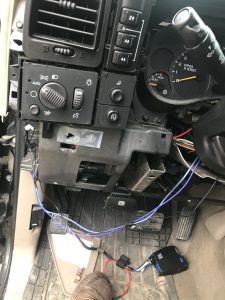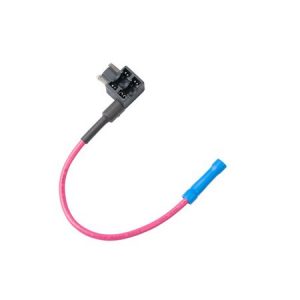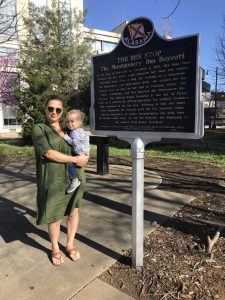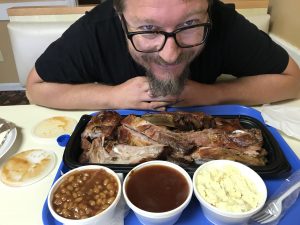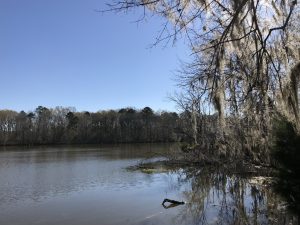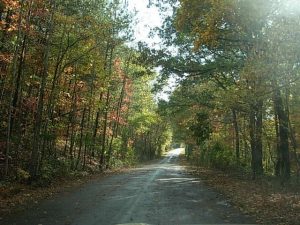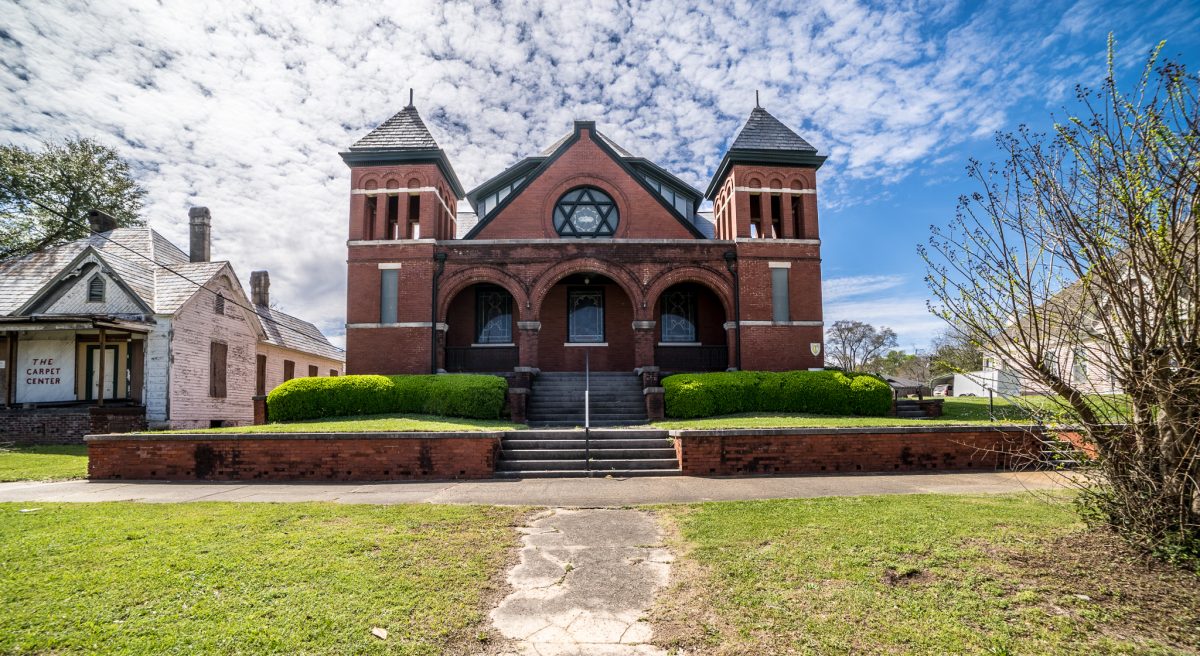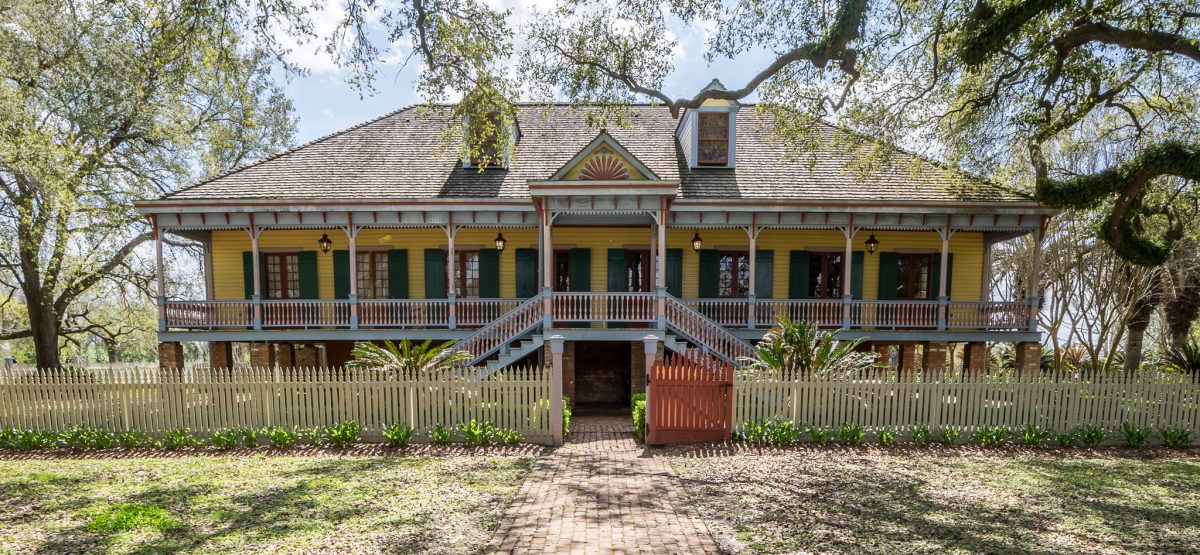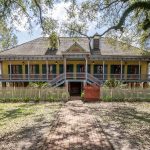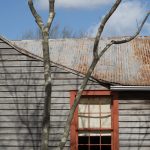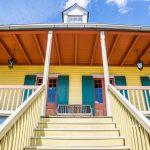Yesterday we left Nashville and headed east to the nearly homophonic Asheville. We’d heard from many people that it was an artsy town with great food and a lovely vibe, in a beautiful stretch of Appalachia. We’d be heading into colder weather, but given the torrential rains in Nashville, it didn’t sound like a terrible trade, and we were definitely ready to leave.
The drive pushed our regular daily limits, about 300 miles. This may not sound like much, but the trailer and the toddler both slow us down quite a bit, so we like to pace ourselves and have rarely done more than 250 in a day. Between a somewhat late start and a route that took us up through the mountains, I figured we’d be arriving around 4pm.
With the expectation that we’d be hitting the first sustained freezing temperatures of our trip, the health of our trailer was already on my mind. Built primarily for desert weekends in California, it’s not particularly designed for snow. Thin walls and limited insulation all around aren’t the worst – we have plenty of warm clothes and bedding, and a strong, mostly-reliable heating system should easily be adequate for temperatures in the 20’s and 30’s – but the plumbing system was concerning me as parts of it aren’t insulated at all, and are completely exposed underneath the body of the trailer. It’d take a long, sustained cold to manage to freeze the main water tank – thermal mass being on our side – but some of the pipes and valves are small and easily frozen. I had various ideas floating around for months about if, and how, we needed do anything to handle this, but had yet to actually need to, so it was all theoretical until now.
As we drove, we strategized. We’d make sure the fresh tank was full, so we’d have plenty of water – and the more water in the tank, the longer it’d take to freeze – and then stay unhooked from the “city” water – the pressurized water supplied by the campground. This would leave the most vulnerable external plumbing – the pressurized lines and their valves – empty, or at least unpressurized so they’d be unlikely to burst if frozen. We’d need more propane – we had two large tanks, but one was completely empty and the other maybe half full – so we’d just fill the tanks when we arrived. With plenty of propane we could keep the trailer well heated as well as leave the water heater on around the clock, which would help protect it and other parts of the plumbing.
 Thanks to a suggestion from a friend, we decided to take a bigger step and buy some insulating bubble wrap and fashion a skirt around the trailer – if we could reasonably seal the underside from the elements it should make a substantial difference in the temperatures we, and the trailer’s systems, could withstand. We found a couple big rolls of the stuff at a Lowes nearby, and ordered them for pickup that night. The final step would be to stick a small electric space heater under the trailer skirt – since we could run it off the free power provided by the campground, cost and efficiency weren’t a big issue, and with the insulated skirt and the heated trailer above, it should make a huge difference. With a good enough tailoring job this skirt might just get us by through much lower temperatures.
Thanks to a suggestion from a friend, we decided to take a bigger step and buy some insulating bubble wrap and fashion a skirt around the trailer – if we could reasonably seal the underside from the elements it should make a substantial difference in the temperatures we, and the trailer’s systems, could withstand. We found a couple big rolls of the stuff at a Lowes nearby, and ordered them for pickup that night. The final step would be to stick a small electric space heater under the trailer skirt – since we could run it off the free power provided by the campground, cost and efficiency weren’t a big issue, and with the insulated skirt and the heated trailer above, it should make a huge difference. With a good enough tailoring job this skirt might just get us by through much lower temperatures.
Stephanie tackled much of the driving duties, pushing us almost to the 5,000 mile mark for the trip so far, but I took the driver seat for the last leg into Asheville. I was tired and not feeling great, and we were running even later than I expected, with an arrival time of 4:30 or so. Not terrible, but it meant the last hour or so of daylight on a blustery, cold day would be spent setting up camp, and we still had a lot more to do after that.
As we pulled into Asheville, we got further and further into its beautiful downtown. Smaller roads than I like to take, but the GPS showed we’d be camped practically in the heart of this cute city, so it looked worth it. Only, once I got about a block from the destination and still couldn’t believe there was a big campground here it hit me like a frying pan: I hadn’t set the GPS for the campground, just for the city itself. We were in the city center in our rig, in rush hour, and once I plugged in the proper address saw that we had passed the campground 20 minutes before. I had, in fact, seen the sign for our destination and mentally noted that there was another nice camping option if we needed it. Duh.
So we backtracked, which took a lot more than 20 minutes thanks to Monday night traffic. When we finally pulled in, the office was closed. No big deal, in most of the south you can get propane tanks filled just about anywhere, so I’d handle that when I ran our errands that night.
It turned out we made reservations for a spot without full hookups, which meant no sewer connection, which we’d definitely be needing before the end of our stay. The campground was maybe half full though, so I picked a spot on their map that had full hookups and left a note under the office door.
The spot I picked was on the end, and a little steeply graded both front and back, but seemed to be level enough in the middle that I could cope. The sun was going down and it was cold, so I pulled on a heavy coat and began to unhook, something I’d done dozens of times lately. It was important to do things right, but I had it down to a routine.
I leveled the trailer side to side, chocked the tires to keep the trailer from rolling, and put blocks down for the tongue jack. Because of the shape of the ground, the trailer was pointing slightly up, and the truck was nose down at a fairly steep angle. This meant I’d have to jack up the trailer more than usual to get it unhooked. Mostly, I was tired, and cranking that manual jack in the cold wasn’t a lot of fun, but I got it up there. The hitch coupler didn’t want to come off the ball easily – not unusual, so I stepped up on the truck bumper to give it a little motivation.
Instead of just slipping out of the coupler as I expected, the ball hitch released violently – I had been stuck much more than I thought, and I had unintentionally raised the back end of the truck up quite a bit with the trailer jack. When it released, this let a ton of pressure off the trailer as well, and it rocked backward, off its leveling blocks, crushing a chock, and then the tongue jack right underneath me slipped off its blocks and dropped, several tons of weight, straight down into the soft dirt.
The trailer tongue had forced its jack so deep into the dirt that the coupler was only inches from the ground itself. I had nearly been crushed and – as I was suddenly realizing – Stephanie, the baby, and all the animals were in the trailer when this happened. She came flying out with Wes, thankfully OK but shaken up, and surveyed the scene with me.
The trailer was tilted far forward as its tongue was sitting on the ground. The whole trailer had also rotated several feet. There didn’t seem to be any obvious damage to anything. It could have been so much worse.
Now the challenge was how to raise the trailer up, with its main jack embedded in the ground, and get it hooked back up to the truck so we could reposition it and start over again. I got out the emergency jack from the truck and got it under the tongue. In small increments I raised up the tongue, and then periodically put the trailer’s stabilizer jacks down to act as a safety net. We eventually got the trailer raised enough to pull its jack out of the ground. We got some heavy blocks under it, and were finally able to use the tongue jack again. Much easier.
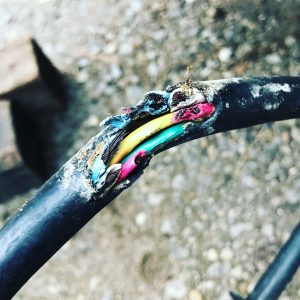 At some point in the process I moved the trailer wire harness out of the way, and saw that it had somehow gotten snagged in the crash. The main umbilical between the truck and trailer, controlling lights and brakes, was badly torn up. In a weird way, this made me feel a little better – cutting and splicing seven broken wires is something I could do with nothing more than a pocket knife and tape if I had to, and since we weren’t towing anywhere for several days I’d have plenty of time to do it right.
At some point in the process I moved the trailer wire harness out of the way, and saw that it had somehow gotten snagged in the crash. The main umbilical between the truck and trailer, controlling lights and brakes, was badly torn up. In a weird way, this made me feel a little better – cutting and splicing seven broken wires is something I could do with nothing more than a pocket knife and tape if I had to, and since we weren’t towing anywhere for several days I’d have plenty of time to do it right.
After much laboring, we eventually got the trailer hooked back up to the truck, which meant it was at least under control again. We pushed it back into the right position, and then carefully set it up again, this time uneventfully. Everyone was cold and tired from a long and ultimately stressful day, so Stephanie got the trailer cozy and made dinner for Wes.
It was about 7pm and we still needed the insulation, heater, and, especially, the propane, so after feeling confident the trailer was stable and safe, I headed into town. On the way to Lowes I stopped at every gas station I saw, and not one filled propane tanks, but I figured the hardware store would at least. The insulation was easy to find, but in spite of the cold weather Lowes had decided to switch its inventory over to its spring collection, which meant that they had gotten rid of all their electric heaters and replaced them all with portable A/Cs a few days before. I kindly asked if their merchandising manager checked the weather. I headed to Home Depot, and was told the exact same thing. And of course, neither place filled tanks. Since I knew we were low on propane at the trailer, and was losing hope of getting my tank filled, I just gave in and bought a new, pre-filled tank.
I headed back that night without the electric heater for our insulation plans, but at least we had propane enough to get us to tomorrow. When I arrived back at the trailer it was late, the temperature wasn’t terrible, so we just decided to wait on making our trailer skirt until tomorrow, when we’d have time and some sun.
As it turned out, the next day brought more unexpected stress, but I’ll leave that for another post as this one is already almost 1800 words.



